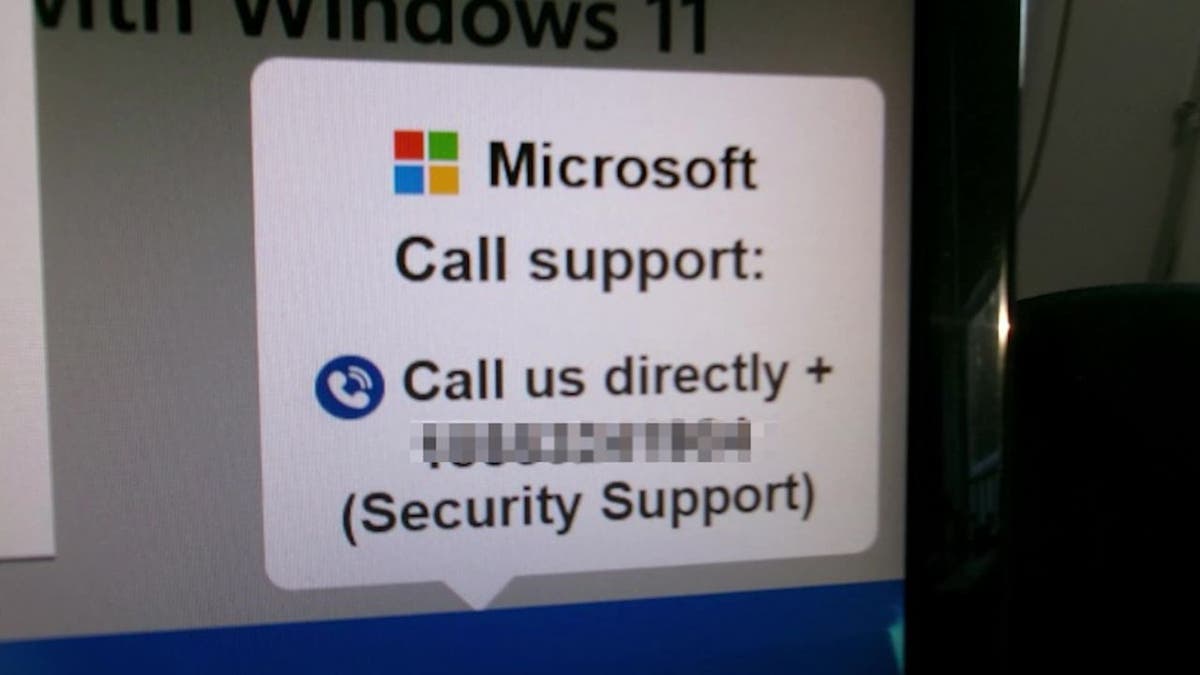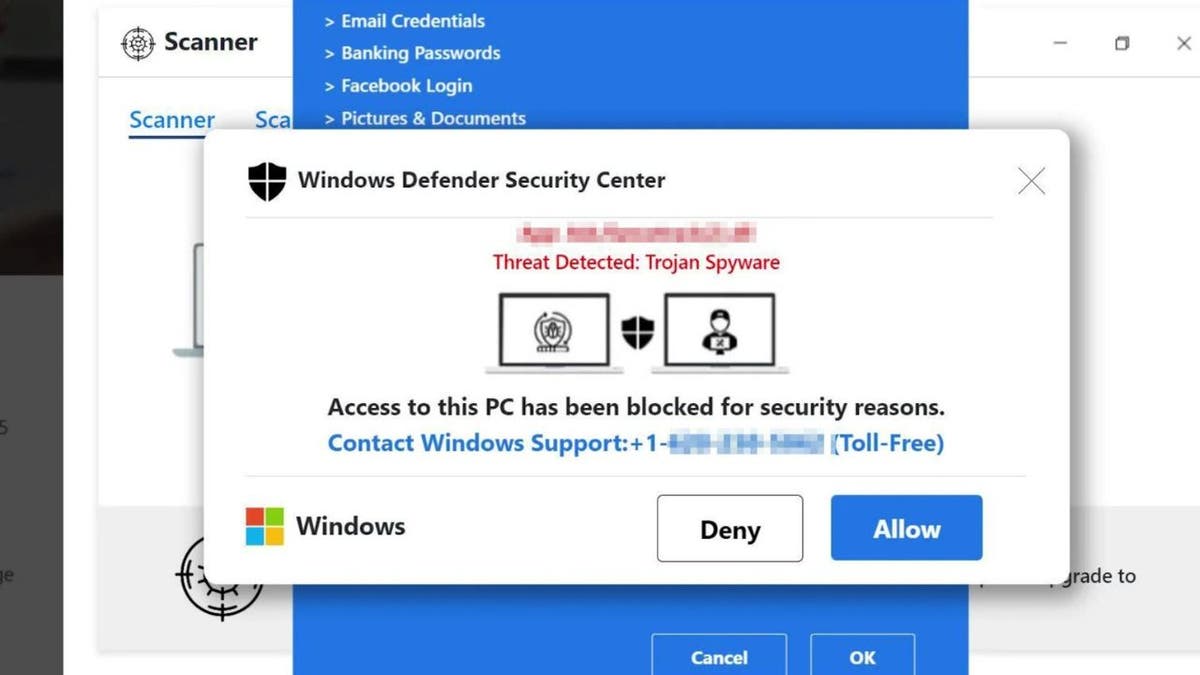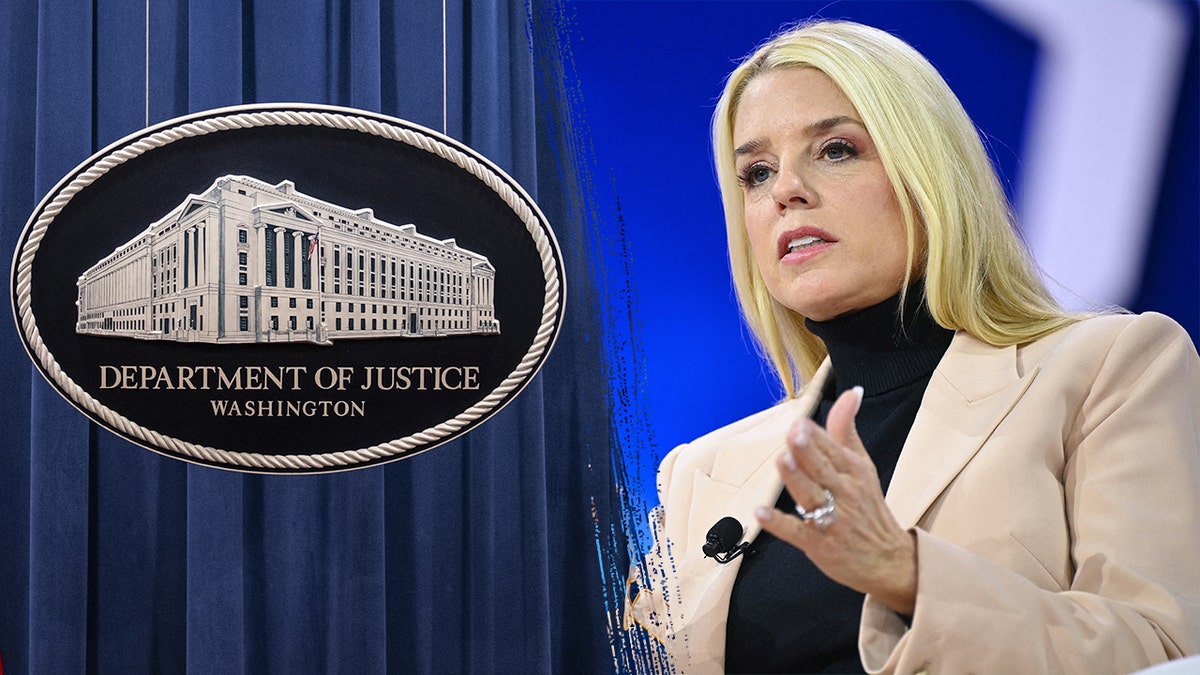Tech support scams are a serious threat, exploiting anxieties about technology. These modern-day swindlers prey on vulnerabilities, as illustrated by Tammy from Flagler Beach, Florida, who feared a Microsoft Windows hack after receiving alarming prompts on her computer. It's crucial to remember that Microsoft never initiates unsolicited tech support. These scams are designed to create a sense of urgency, pressuring you into believing your computer is infected and requires immediate action.
These fraudulent communications can take various forms, including calls, emails, or pop-up windows. If anyone claiming to be from Microsoft contacts you unsolicited about a computer problem, it's highly likely a scam.

Fake Microsoft support scam pop-up
Key Indicators of a Tech Support Scam
These con artists employ manipulative tactics to exploit your concerns. Here are common warning signs:
- Unsolicited Communication: Unexpected calls, emails, or pop-ups about supposed computer problems.
- Pressure Tactics: Creating a sense of panic by claiming imminent threats to your data and devices.
- Remote Access Requests: A clear warning sign is a request for remote access to your computer.
- Payment Demands: Be wary of demands for immediate payment, particularly through untraceable methods like gift cards or cryptocurrency.
- Impersonation: Scammers frequently pose as representatives from reputable companies like Microsoft or Apple.
- Suspicious Pop-ups: Exercise caution with pop-up warnings about viruses or system issues, especially those with countdown timers.

Fake Microsoft Windows scam pop-up
What to Do if Targeted
If you find yourself targeted by a tech support scam, take these steps:
- End Communication: Hang up the phone or close the suspicious pop-up immediately.
- Disconnect from the Internet: This prevents potential remote access.
- Refuse Remote Access: Never grant control of your device to unsolicited callers.
- Run a Security Scan: Use reliable antivirus software to check your system for malware.
- Change Passwords: Update passwords for essential accounts, particularly if you've shared any information.
- Enable Two-Factor Authentication: Add this extra layer of security wherever possible.
- Monitor Accounts: Watch for unusual activity in your financial, email, and social media accounts.
- Consider Data Removal Services: These services can help minimize your online footprint and make it harder for scammers to find your data.
- Contact Professionals: Seek help from IT professionals if you're unsure about any steps or the situation seems serious.
- Report the Incident: Report the scam to the appropriate authorities, including the Federal Trade Commission and the company the scammer impersonated.

Hacker at work
Key Takeaways
Tech support scams thrive on fear and uncertainty. Remember, legitimate companies don't proactively contact you about computer problems. Verify support through official channels, and if in doubt, consult a trusted tech expert.








